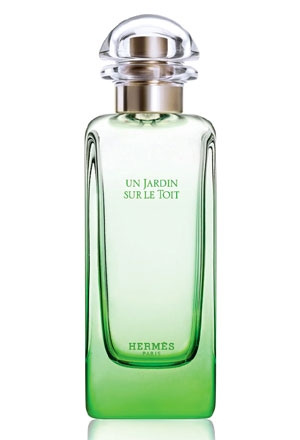Desde la basura de app ¬¬
June 14, 2014
Test No. Un millón
Posted on 7:33 PM by Lib3 with No comments
Describing the current state of research, Dr. Kristof Zarschler of the Helmholtz Virtual Institute NanoTracking at the HZDR explains, “At the moment we must overcome three challenges. First, we need to produce the smallest possible nanoparticles. We then need to modify their surface in a way that the proteins in the human bodies do not envelop them, which would thus render them ineffective. In order to ensure, that the particles do their job, we must also somehow program them to find the diseased cells.” Therefore, the Dresden and Dublin researchers combined expertise to develop nanoparticles made of silicon dioxide with fragments of camel antibodies.
In contrast to conventional antibodies, which consist of two light and two heavy protein chains, those taken from camels and llamas are less complex and are made up of only two heavy chains. “Due to this simplified structure, they are easier to produce than normal antibodies,” explains Zarschler. “We also only need one particular fragment — the portion of the molecule that binds to certain cancer cells — which makes the production of much smaller nanoparticles possible.” By modifying the surface of the nanoparticle, it also gets more difficult for the immune system to recognize the foreign material, which allows the nanoparticles to actually reach their target.
The use of nanoparticles in cancer research is considered as a promising approach in detecting and fighting tumor cells. The method has, however, often failed because the human immune system recognizes the particles as foreign objects and rejects them before they can fulfil their function. Researchers at the Helmholtz-Zentrum Dresden-Rossendorf (HZDR) and at University College Dublin in Ireland have, along with other partners, developed nanoparticles that not only bypass the body’s defense system, but also find their way to the diseased cells. This procedure uses fragments from a particular type of antibody that only occurs in camels and llamas. The small particles were even successful under conditions which are very similar to the situation within potential patients’ bodies.
Describing the current state of research, Dr. Kristof Zarschler of the Helmholtz Virtual Institute NanoTracking at the HZDR explains, “At the moment we must overcome three challenges. First, we need to produce the smallest possible nanoparticles. We then need to modify their surface in a way that the proteins in the human bodies do not envelop them, which would thus render them ineffective. In order to ensure, that the particles do their job, we must also somehow program them to find the diseased cells.” Therefore, the Dresden and Dublin researchers combined expertise to develop nanoparticles made of silicon dioxide with fragments of camel antibodies.
In contrast to conventional antibodies, which consist of two light and two heavy protein chains, those taken from camels and llamas are less complex and are made up of only two heavy chains. “Due to this simplified structure, they are easier to produce than normal antibodies,” explains Zarschler. “We also only need one particular fragment — the portion of the molecule that binds to certain cancer cells — which makes the production of much smaller nanoparticles possible.” By modifying the surface of the nanoparticle, it also gets more difficult for the immune system to recognize the foreign material, which allows the nanoparticles to actually reach their target.
June 11, 2014
Post 3
Posted on 6:53 PM by Lib3 with No comments

Un Jardin en Méditerranée: conceived as a watercolour, this perfume, composed in 2003 is inspired by a hint of the poetic in the Tunisian garden of Leïla Menchari (Director of displays for Hermès). Like a travel journal, it evokes that paradise-like universe of shade,water and light, based on the theme of a fig tree in the morning and Mediterranean citrus. The nose behind this fragrance is Jean-Claude Ellena.
Post2
Posted on 6:46 PM by Lib3 with No comments

Hermes launches the new fourth fragrance from the collection of garden-inspired fragrances Un Jardin, named Un Jardin Sur Le Toit or “A Garden on the Roof”in 2011. Un Jardin Sur Le Toit refers to the especially luxurious garden located on the Hermes’ headquarters building roof at 24 Rue Faubourg Saint-Honore in Paris.
The garden is full of aromatic herbs, flowers and fruits whose flavors vary as they pass through the metamorphosis induced by the seasons. Its fresh and sweet-smelling atmosphere is captured by apple, pear, rose, green grass, basil, magnolia and compost notes.
The composition is designed by Jean-Claude Ellena.
Hermes Un Jardin Sur Le Toit is available in heavy glass bottles of light green shades as 50 and 100 ml Eau de Toilette.
Subscribe to:
Posts (Atom)

